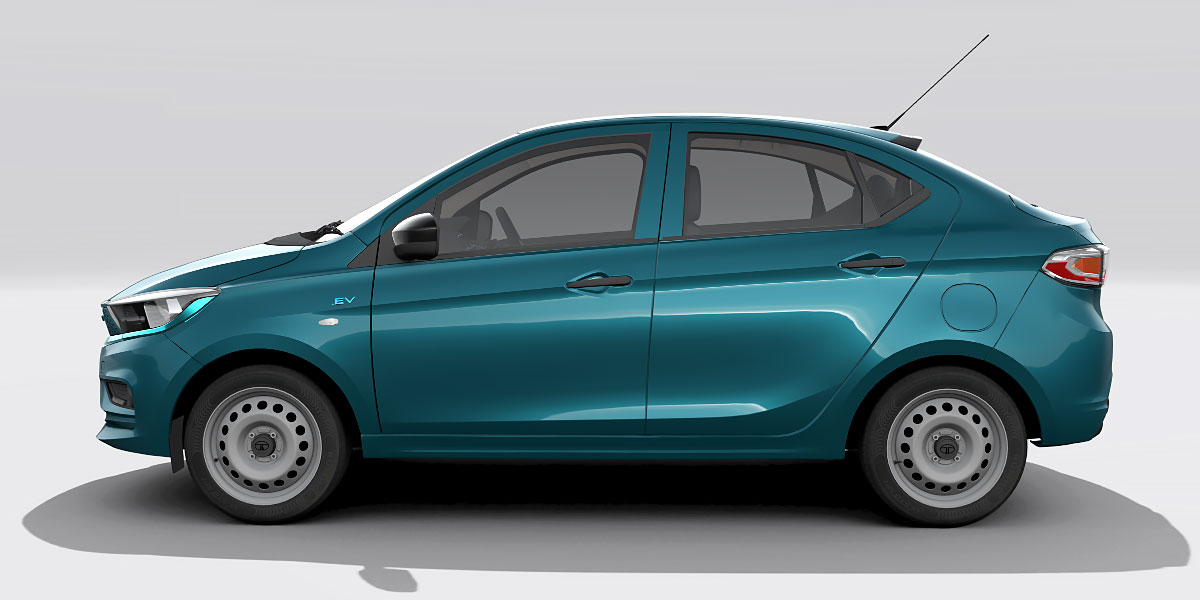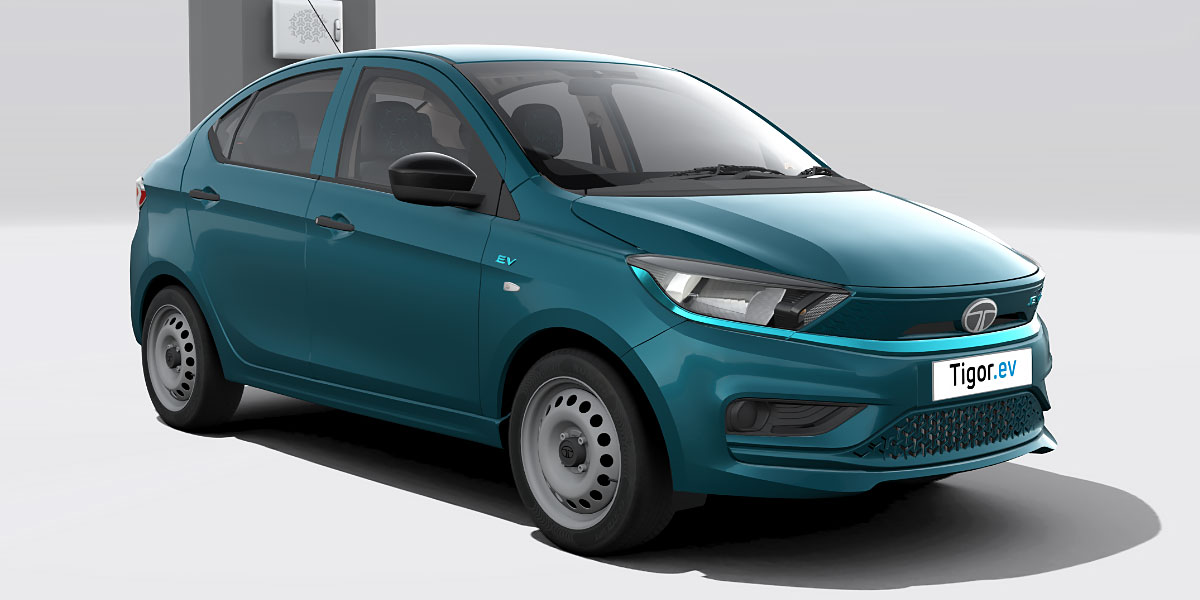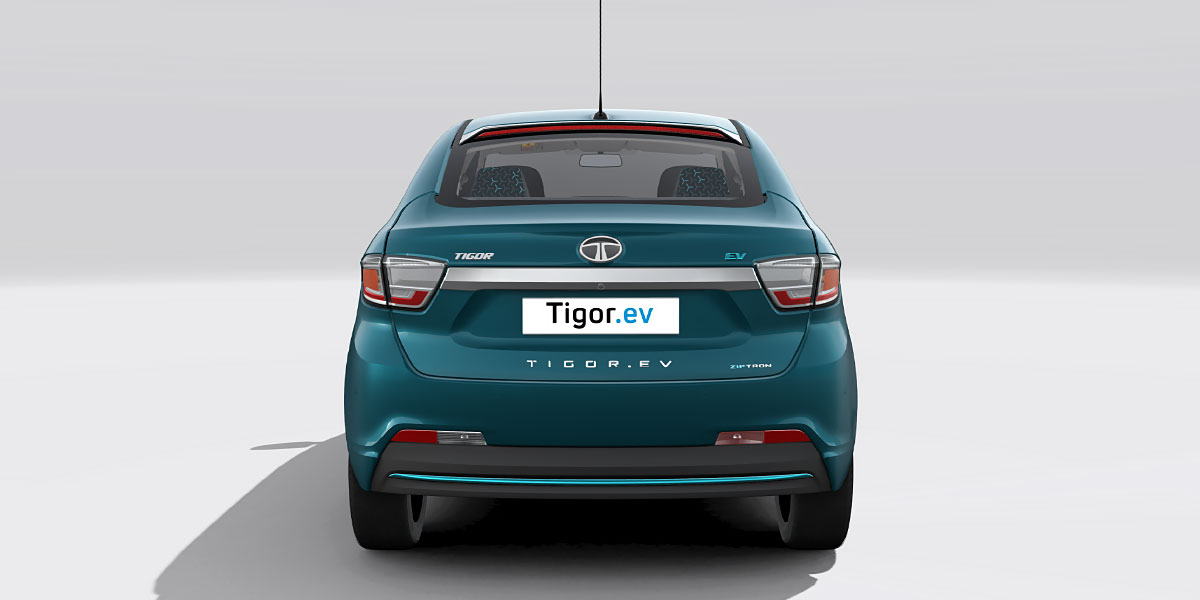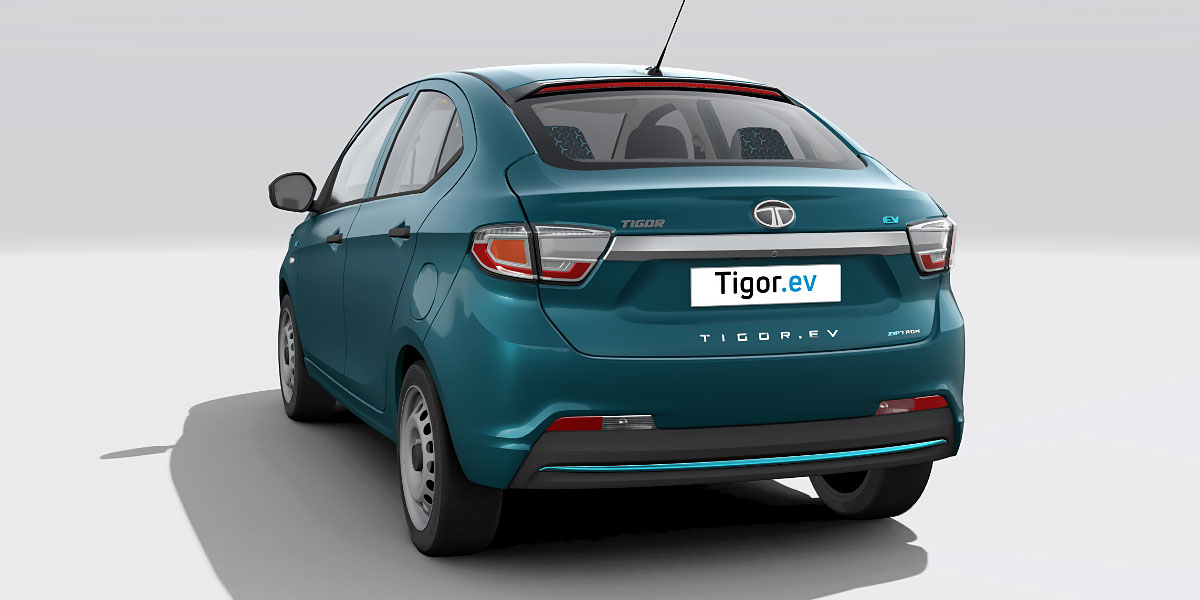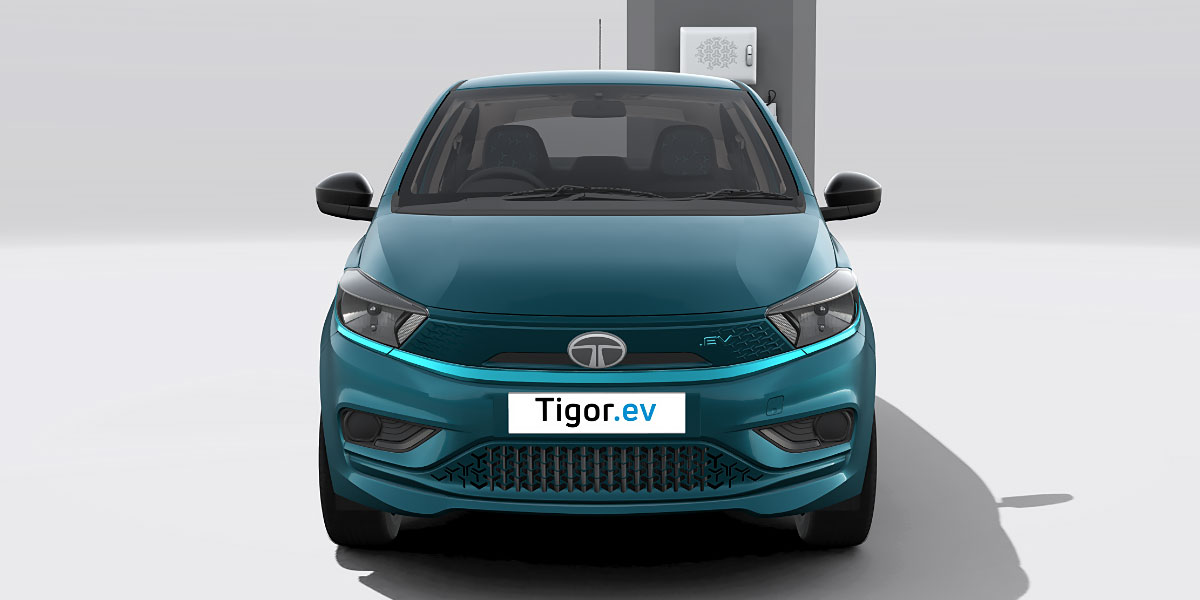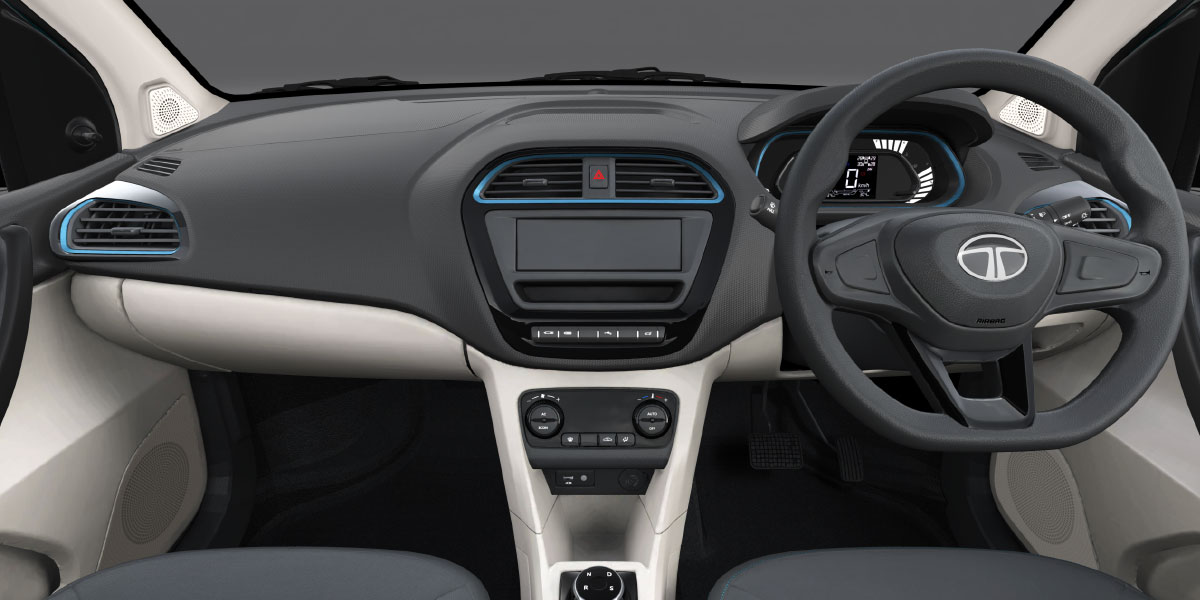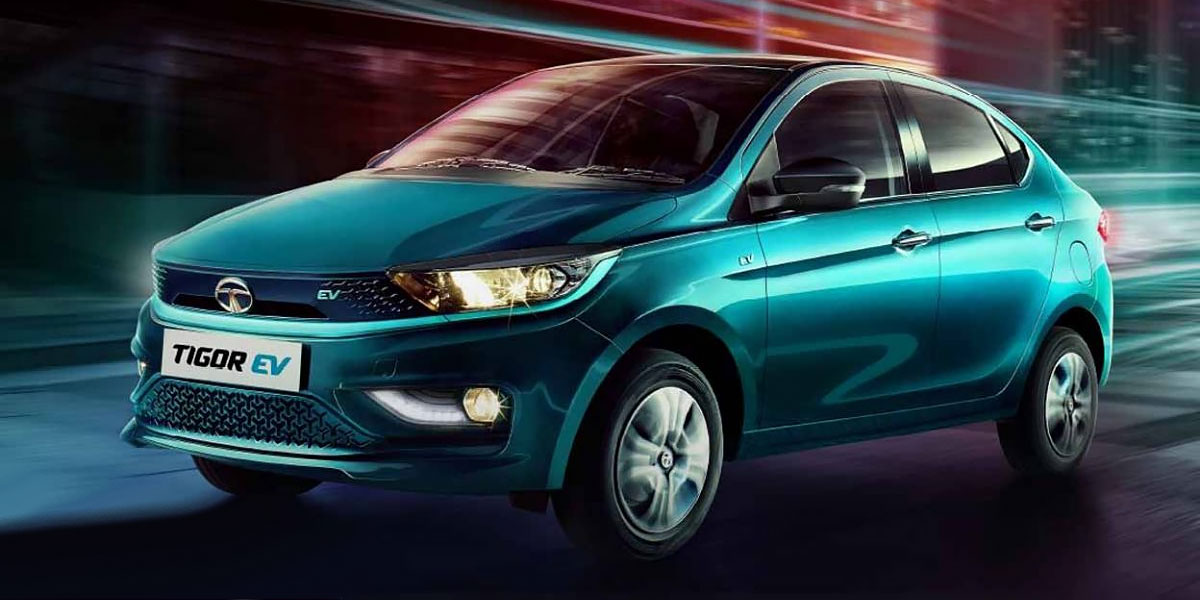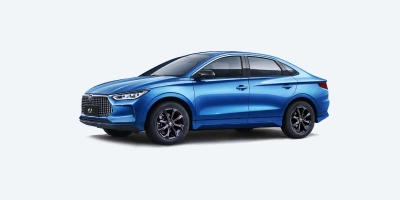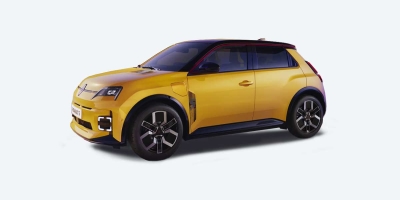Tata Tigor EV
User Rating: 4.76 / 5





What is the Tata Tigor EV?
The Tata Tigor EV is a compact electric sedan from India with a 26 kWh battery, 73 hp, up to 315 km (196 mi) range, and a top speed of 145 km/h (90 mph). Priced at $14,600 (€13,578), it's ideal for urban commutes and budget-conscious EV buyers.
Tata Tigor EV price:
US$ 14600 *
| manufactured in | India |
| model year | 2025 |
| electric range (km) | 315 |
| battery (kWh) | 26 |
| max. speed (km/h) | 145 |
| power (h.p.) | 73 |
| car type | sedan |
| drive type | FWD |
* Minimum price set by the manufacturer, excluding taxes and additional options
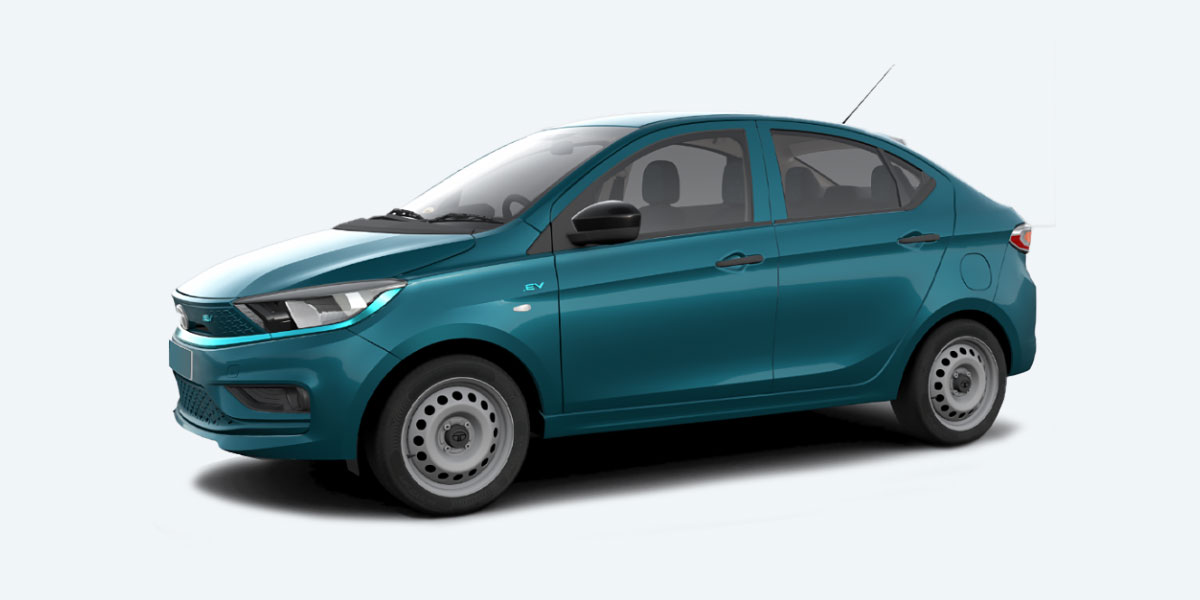
Exterior and Interior photos of Tata Tigor EV
Tata Tigor EV Review
Tigor EV: Tata’s Affordable Electric Sedan That Drives Smart
When electric meets practical, you get the Tata Tigor EV—a compact sedan that quietly ticks all the right boxes. Born and built in India, this front-wheel-drive electric car entered the market in 2022 and holds its ground as a city commuter with real chops. Priced at $14,600 (€13,578), it competes with entry-level EVs yet offers a roomy interior, connected features, and that all-important 315 km (196 miles) range. It’s not flashy, but it's competent—an honest car that gets the job done with minimal fuss.
- Manufactured by Tata in India, the Tigor EV aims at practical city drivers and young families.
- Launched in 2022, with steady updates but no radical redesigns.
- Available from $14,600 (€13,578), offering more space than hatchback EVs at a similar price point.
- Positioned as a premium step up from the Tiago EV, bridging affordability and sedan comfort.
Tigor EV Specs: Battery and Performance You Can Rely On
Battery Specs
Under its compact frame lies a 26 kWh lithium-ion battery, part of Tata’s Ziptron electric architecture. With an ARAI-claimed range of 315 km (196 miles), expect 200–250 km (124–155 miles) in daily driving. Charging with a 3.3 kW AC setup takes around 9 hours from zero to full, while DC fast charging delivers 10–80% in just under an hour. Regen braking comes in four levels, but doesn’t support full one-pedal driving.
- Battery capacity: 26 kWh
- Charging (AC 3.3 kW): ~8.5–9.4 hours
- Fast charging (DC): 10–80% in 59 minutes
- Real-world range: 200–250 km (124–155 miles)
Performance Specs
The Tigor EV delivers 73 hp (55 kW) and 170 Nm (125 lb-ft) of torque through a permanent magnet synchronous motor. Acceleration is smooth, not neck-snapping, with a top speed of 145 km/h (90 mph). The Sport mode adds a bit more zest for quick overtakes, while the City mode keeps things sedate and efficient. Ride quality is decent thanks to its MacPherson strut front and twist beam rear setup.
- Top speed: 145 km/h (90 mph)
- Power: 73 hp (55 kW)
- Torque: 170 Nm (125 lb-ft)
- 0–100 km/h: Around 13–14 seconds
Variants like the XZ+ Lux add cruise control, auto headlamps, and leatherette trim, making the Tigor EV feel more complete without pushing the budget.
Tigor EV Exterior and Interior Features
Exterior
Borrowing its shell from the ICE Tigor, the EV version differentiates itself with a sealed grille, blue accents, and EV badging. Available in Magnetic Red, Teal Blue, and Daytona Grey—all with contrasting black roofs—it carries a subtle elegance. Wheel sizes vary from 14 to 15 inches, with steel covers rather than alloys. The design is clean, albeit dated when compared to modern rivals.
Interior
Step inside and you're greeted by a black-and-white color scheme, semi-digital instrument cluster, and a leather-wrapped steering wheel on higher trims. The 7-inch Harman touchscreen supports Android Auto and Apple CarPlay, though it’s smaller than rivals. Space is good for five passengers, with a 316-liter trunk (or 376 liters if you ditch the spare). ZConnect brings in connected features like geo-fencing and remote diagnostics.
Pros and Cons of the Tigor EV
Pros
- Affordable pricing for a sedan EV
- Stable and comfortable urban ride
- Strong build quality with 4-star NCAP rating
- Multiple charging options with DC support
- Ample interior space and decent trunk capacity
Cons
- No LED headlamps or alloy wheels
- Infotainment screen feels dated and small
- Real-world range lags behind claims
- No ADAS or advanced safety features
Conclusion: Tigor EV Offers Practical Electric Commuting
The Tigor EV doesn’t try to be everything—it just tries to be right for the city. It’s cost-effective, reliable, and gets you where you need to go without burning fuel. And for many urban drivers, that’s all the electric car they’ll ever need.
Manufacturer: Tata Motors
Related Video
Comparison:
The Tata Tigor EV finds itself in a niche segment of electric sedans, contending with compact EVs like the Renault Taliant E-Tech, Hyundai Aura EV (upcoming), BYD e3, and Nissan Almera EV. Let’s see how it holds its ground in this urban-friendly lineup.
Range
The Tigor EV’s real-world range of 200–250 km (124–155 mi) is close to the Renault Taliant E-Tech (240 km), ahead of the upcoming Hyundai Aura EV estimates (~220 km), but below the BYD e3, which hits 300 km (186 mi). The Nissan Almera EV is projected to touch 280 km (174 mi).
Acceleration
The Tigor EV reaches 100 km/h in 13–14 seconds. The BYD e3 pulls ahead with sub-12 second acceleration, while the Taliant E-Tech and Almera EV post similar mid-13-second sprints. Hyundai Aura EV is expected to be slightly slower due to weight and motor output.
Power
With 73 hp (55 kW), the Tigor EV sits in the middle. BYD e3 delivers 94 hp (70 kW), while Taliant E-Tech and Almera EV clock around 70–75 hp. The Aura EV is estimated at 68 hp (50 kW).
Charging Time
The Tigor EV supports DC fast charging to 80% in 59 minutes, competitive with the BYD e3 (45 minutes), and faster than the Taliant and Almera EV which take about 70–80 minutes. The Aura EV will likely match Tigor’s speeds.
Price
At $14,600, £11,500, €13,578, the Tigor EV undercuts the BYD e3 ($17,800, £14,000, €16,500), Almera EV ($16,900, £13,200, €15,700), and Taliant ($15,400, £12,000, €14,300). The Aura EV is expected to be priced similarly around $15,000.
F.A.Q.:
What is the usable battery capacity?
The Tata Tigor EV is equipped with a 26 kWh lithium-ion battery, using Tata’s Ziptron architecture for reliable energy storage and delivery.
What is the real driving range?
Real-world driving range is between 200 and 250 km (124–155 miles), depending on conditions like traffic, AC usage, and speed.
What’s the top speed?
The Tigor EV reaches a top speed of 145 km/h (90 mph), suitable for highway use in moderate traffic conditions.
How fast does it accelerate?
The car goes from 0 to 100 km/h (0–62 mph) in about 13–14 seconds, with a smooth and steady delivery ideal for city use.
What’s the total horsepower and torque?
The Tigor EV produces 73 hp (55 kW) and 170 Nm (125 lb-ft) of torque, providing responsive acceleration for urban driving.
How long does it take to charge?
A 3.3 kW AC charger takes about 8.5 to 9.4 hours for a full charge, while a DC fast charger boosts from 10–80% in under an hour.
What does it cost?
The Tigor EV starts at $14,600, or approximately £11,500 and €13,578, offering an affordable entry into sedan-style electric mobility.

